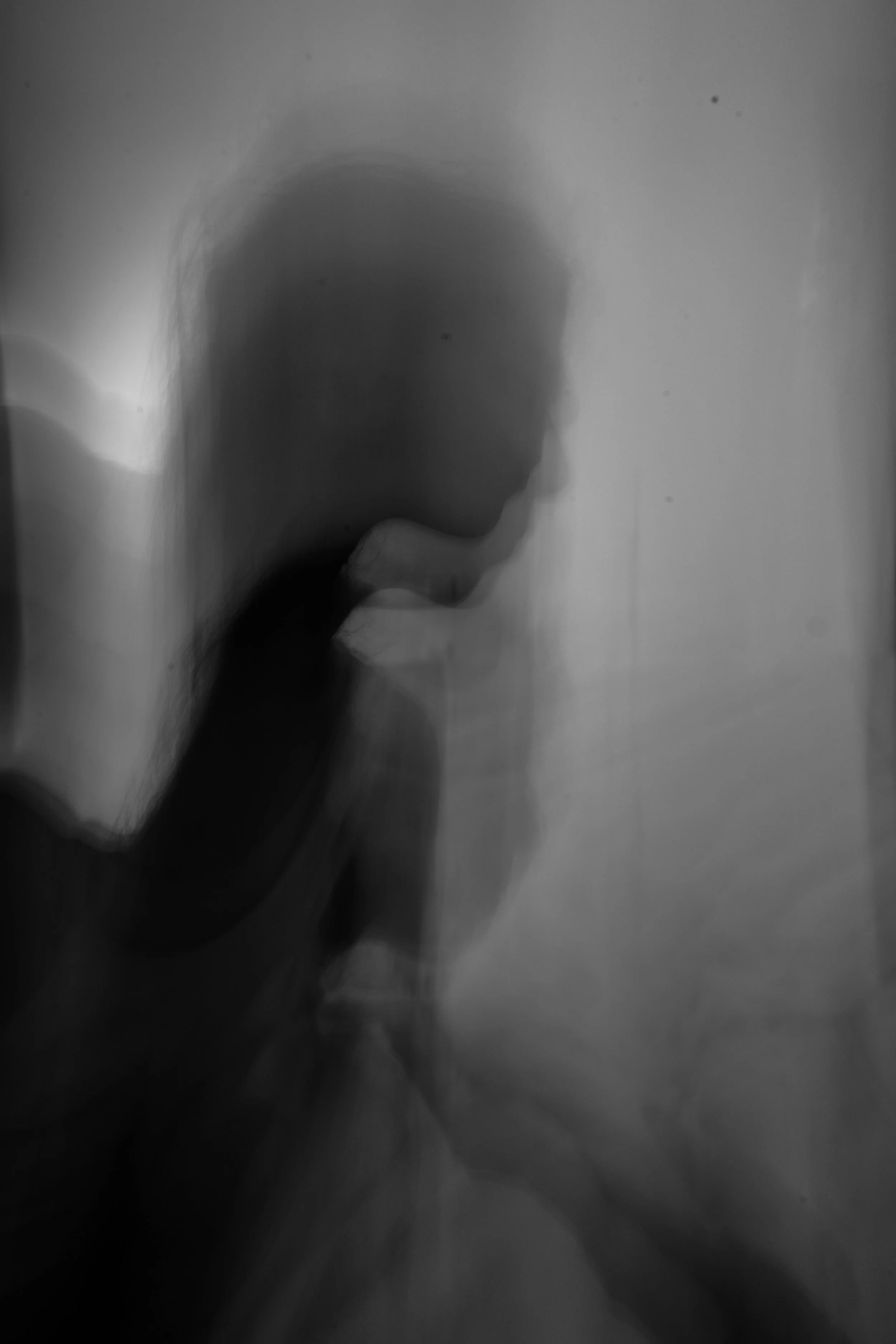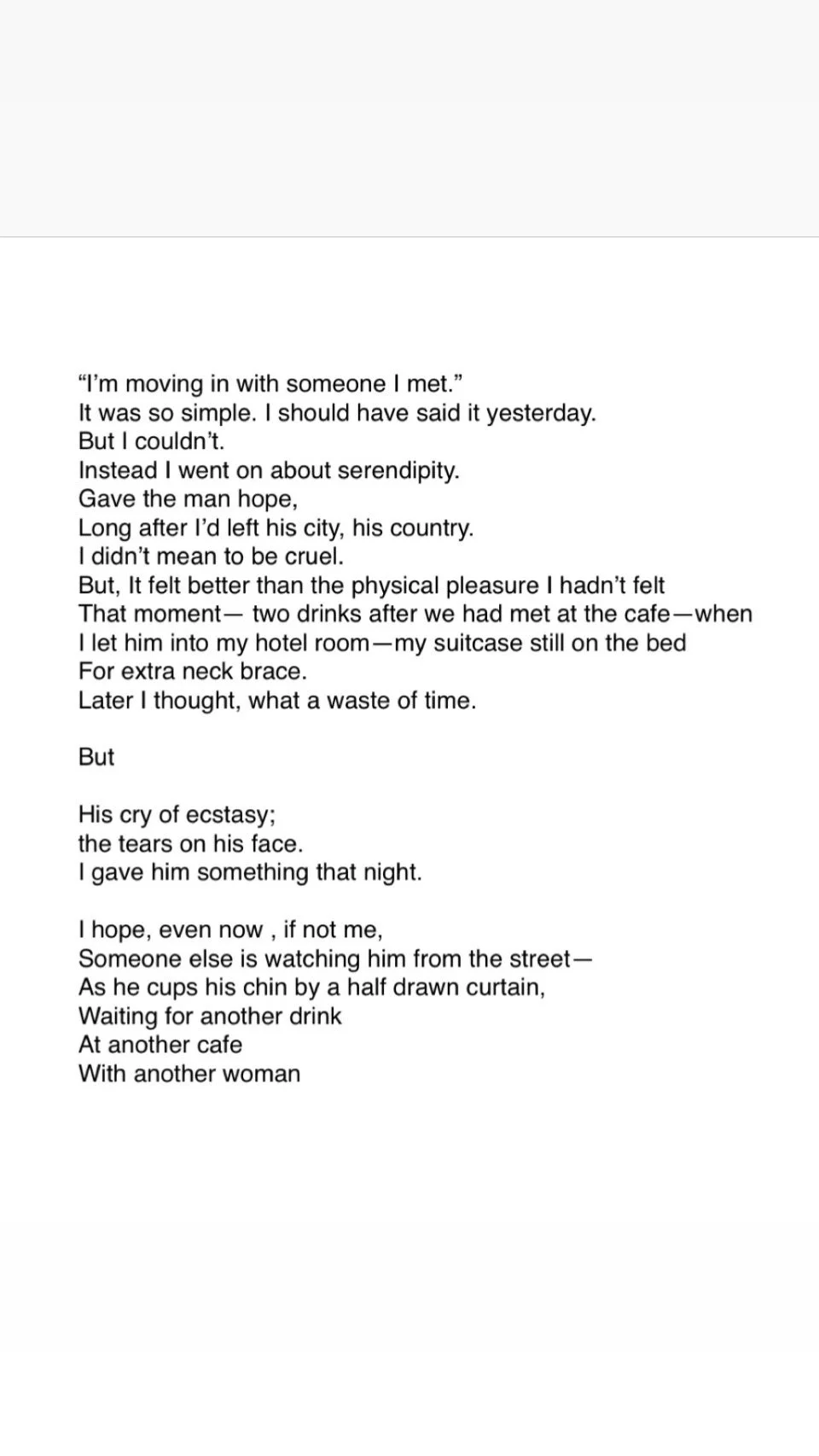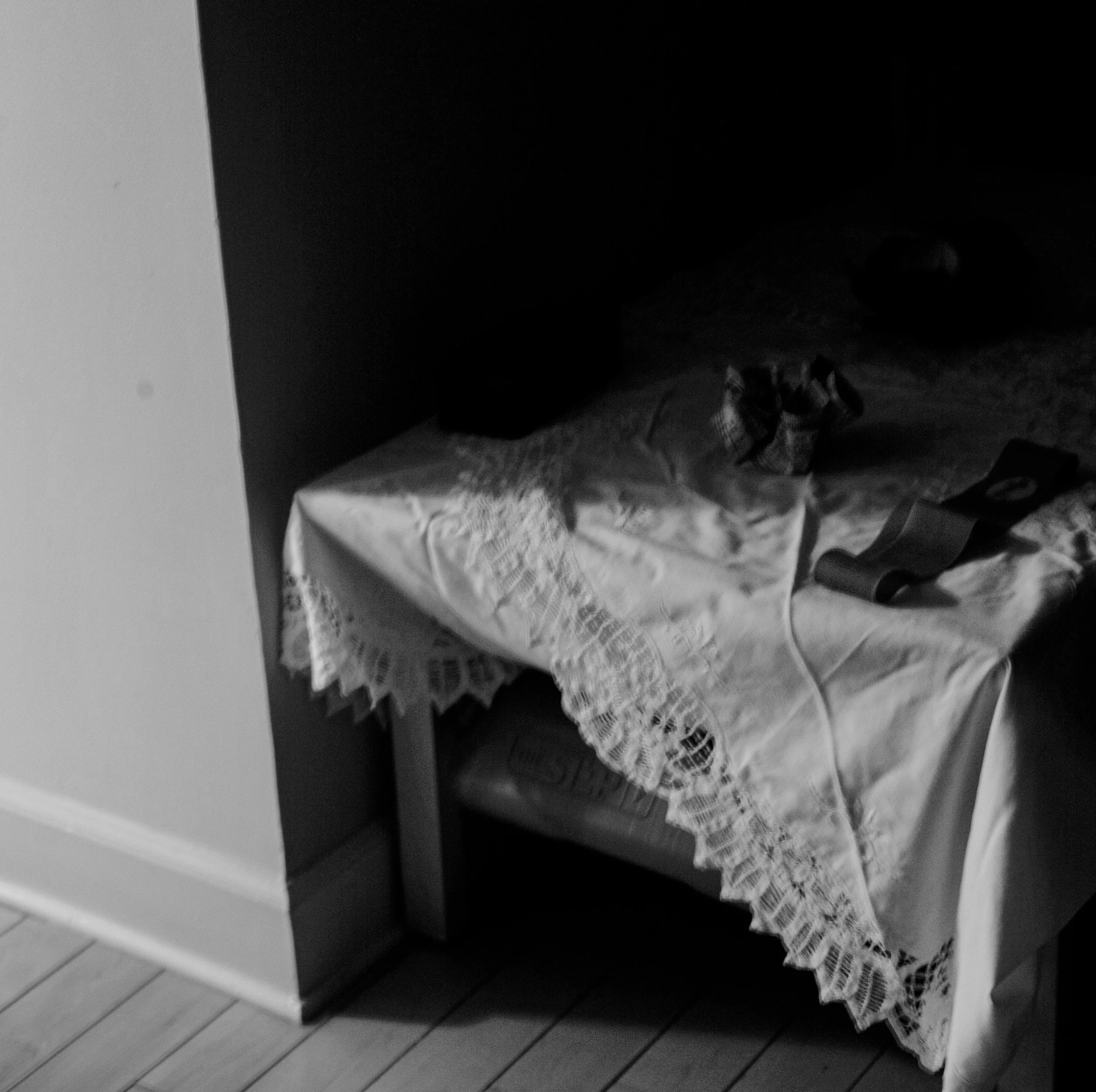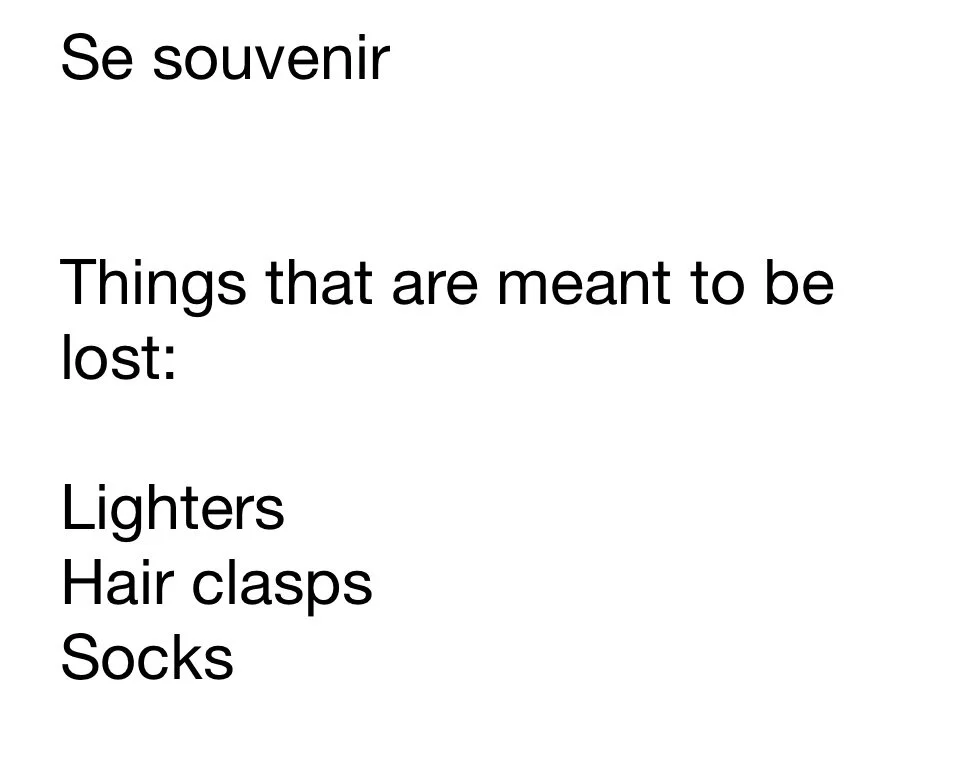A student of mine asked me if there was any extra reading he could do to learn more about the craft of writing stories. Here was my response:
I wouldn’t recommend using analysis essays like you have for those college students whatever they’re called.
A structured MFA program will have a key component of studying literature. And what you learn, while reading is how to read like a writer, and not as a reader. So while you’re reading , your analyzing—what’s going on in a sentence. Which is what I’m trying to do with the pieces that I assign you guys to read. And what would also help is editing other peoples work that is workshopping your classmates work. It teaches you to read between the lines and teaches you what mistakes you must or must not do. I recommend this is the best way to go. As far as craft goes , I think we really need to address this in class on how to read writing like a writer and not a reader. I’m afraid this is going to ruin your reading experience for the rest of your life because you’ll forever be reading like a writer and never as a normal reader again. But c’est la vie so when you’re reading a short story, try to think about what is happening in a sentence. Analyze it. Meaning think about what is said and what is not said. Think about the language used , the words used. Word choice in short stories is very important. The right word can change the sentence drastically. And don’t worry no one gets it right the first time : it’s about revision revision revision. Think about how to keep your sentences, lively and fresh when you’re editing. Try and get rid of the tired words. Try and use less adjectives as possible, and instead be in the mind of your character .
Lorie Moore is a great one to study craft. Particularly Self Help.
Maybe jhumpa lahiri as well ——unaccustomed earth. William, Trevor is amazing also. Stylistically although this is not a short story have you read italo calvino’s Invisible cities ? it’s simply beautiful.
They’re almost like short stories are short prose poems. Very tight sentences. Very succinct descriptions. No wastage of words in space. The other thing I might recommend is taking a literature class for adults because you have a very different kind of conversation then you would if you went to a literature class with undergrads. It’s very important that you keep reading while you’re writing, although sometimes reading a writer who is very similar to what you do can be dangerous. You might get too influenced. But I’m glad you brought this up because I think we should spend a little more time on the same text and literally go through sentence by sentence and analyze what’s going on and why. Why does a writer choose to use a particular word ? Why does a writer choose a particular detail? For example, Alice Munro, when trying to describe a lower middle class house, describes the kitchen. And the way she described the kitchen is very subtle. So for example, in a rich person’s kitchen, you might find copper pots or Le Creuset, porcelain, etc. while describing a non-affluent home, she uses subtle examples, such as describing a lot of junk that has still been in its wrapping. She describes tacky things in the kitchen to distinguish between class.
Remember Chekov’s Lady with the Dog— how he describes going to the town of S. The descriptions of the mansion, piano playing somewhere. The workers.
All this creates a bourgeois world Chekhov means to portray.
These are subtle descriptions that you can use when talking about your various characters. And just by using one subtle detail, you will give us so much information about that person and his background. For example, if he starts talking about Bordeaux wine , you know that he comes from a certain kind of background right? But if you’re drinking bourbon, neat and slamming down a rock glass on the table you’re describing a completely different kind of American aren’t you? So think about how these little details affect the overall telling of a character. The clothes he’s wearing. The shoes. The hair. Mannerisms. Hope this helps.
Keep asking me questions.








